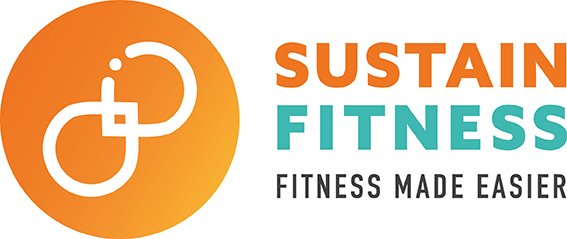How to Set Realistic Fitness Goals That Actually Stick
It’s that time of year again—late January disappearing into early February. It’s cold, it’s dark, it’s wet, and have I mentioned that it’s cold? The initial excitement of your New Year’s resolution has started to fade, and you’re finding it harder to keep your fitness goal alive. You’re struggling to stay motivated. Does this sound like you? If it does, you’re not alone. There’s even a term for this in the fitness community—Failure Friday, the last Friday of January when most people have officially given up on their fitness resolutions.
Why Motivation Alone Isn’t Enough
Here’s the thing: it isn’t that you don’t have enough motivation or that you’re lacking willpower. The real issue that I often see is that people’s goals are either unrealistic, unsustainable, or—let’s be honest—both. They often fall into the “too much, too soon” category. While it’s tempting to aim high, like saying “I’m going to exercise 6 days a week” or “I’m giving up chocolate forever,” these goals don’t align with your current lifestyle and are difficult to sustain. When you inevitably slip up (because life happens), it feels like failure— - and that’s when the resolutions are abandoned.
Motivation is like fuel— - it can burn brightly at first, but eventually, it fades (normally around this time for New Year’s resolutions). So where does that leave you? If you haven’t built strong, sustainable habits, you’ll be left trying to power through on sheer willpower alone, and let’s face it: no amount of willpower is strong enough to beat cheesecake.
The Real Challenge: Building Sustainable Habits
When it comes to fitness, motivation is essential to get started. But relying solely on motivation is like building a house on sand. Eventually, when life gets busy and the shine of new resolutions wears off, the foundation cracks. This is when most people revert back to old habits. Suddenly, the promise to exercise five times a week seems impossible, or the temptation to indulge in that cheesecake feels irresistible. And once you slip up, the cycle of frustration begins.
It’s time to stop thinking of fitness as a short-term sprint fuelled by motivation and instead embrace it as a long-term journey.
So, How Do You Set Goals That Stick?
It all starts with setting realistic, achievable goals that fit your lifestyle. Here’s how you can do that:
1. Use the SMART Framework
Make your goals SMART—Specific, Measurable, Achievable, Relevant, and Time-bound. Be specific about what you want to achieve, how you’ll measure progress, and how to make the goal achievable. For example:
Specific: “I want to run 5K without stopping.”
Measurable: Track progress by time, distance, or pace.
Achievable: Is this realistic based on your current fitness level?
Relevant: Does this goal align with your personal values?
Time-bound: Set a target date—“By March 1st, I will run 5K without stopping.”
Which goal is more achievable? “I want to get fitter,” or “I want to run 5K by March 1st”?
2. Start Small and Build Momentum
You don’t need to overhaul your entire life overnight. Try breaking down your goal into small, manageable changes. What can you manage right now? What’s currently stopping you? Let’s say your goal is to run 5K by March. Start by assessing where you are now—perhaps you can run for 30 seconds without getting out of breath. Your next small step? Run for 35 or 40 seconds. These small changes add up, and the key is consistency.
3. Focus on the Process, Not Just the Outcome
While the outcome is important, focusing on the actions that will get you there is what will keep you going. If you’re consistent with small wins like running for a few extra seconds or swapping a snack, you’ll maintain motivation along the way. Celebrating these small victories will help keep your motivation fuelled.
4. Build Habits, Not Just Motivation
Motivation fades, but habits will carry you through when it does. Research suggests it takes between 3 to 9 weeks to form a habit, with the majority of people averaging around 8 weeks, depending on the individual and complexity of the habit. Be patient with yourself. If you’ve created sustainable habits, you’ll continue to make progress even when motivation isn’t as strong.
5. Get Support
Accountability is powerful and can come in many forms, including using tracking apps, fitness communities, or even the old-fashioned journal to log your progress. Whether it’s a workout buddy, a supportive partner, or a personal trainer (hi, that’s me!), having someone in your corner can make all the difference.
Let’s Make 2025 the Year of Sustainable Progress
At Sustain Fitness, I believe that fitness isn’t about quick fixes or dramatic changes. My ethos is simple: “Do it once. Do it right. Do it for life.” It’s about building lasting, sustainable habits that work for you—habits that you can maintain even when motivation is low. My mission is to help you create a plan that fits your lifestyle and provides the support you need to succeed.
If you’re ready to break the cycle of failed resolutions and make meaningful, lasting progress, I’d love to help. My private studio at Grainville Playing Fields offers one-on-one support tailored to your needs. Convenient parking, close to town, and sessions that fit into your schedule—what’s stopping you?
Get in touch to book your free consultation. Let’s make this the year your goals stick—for life!
